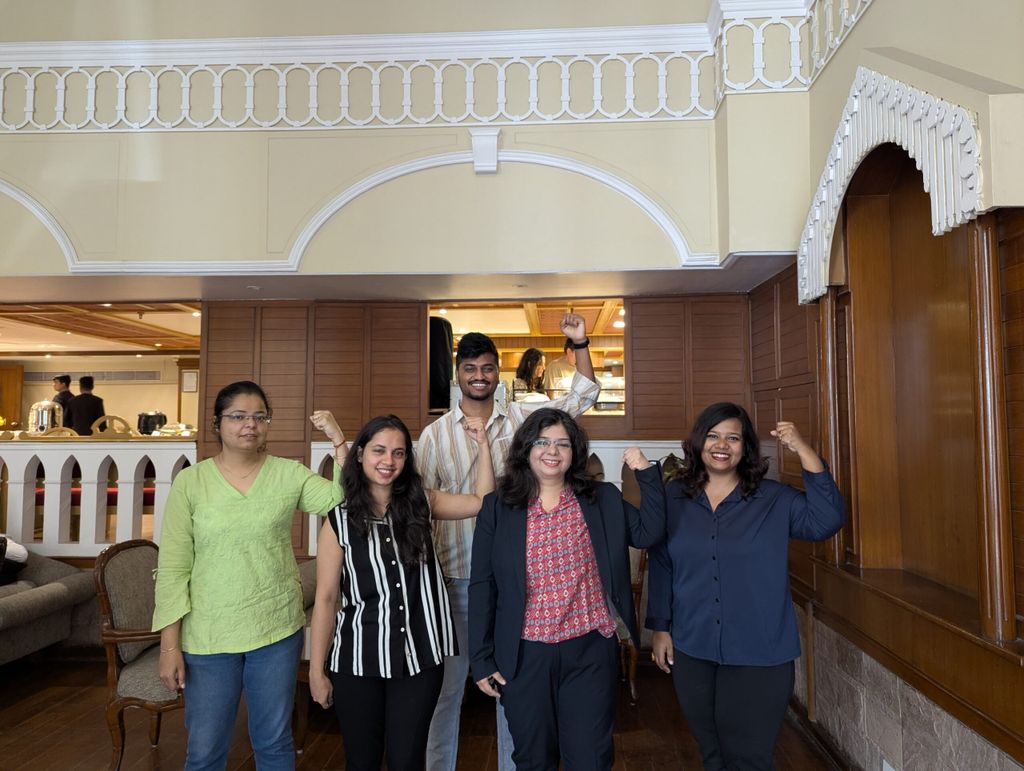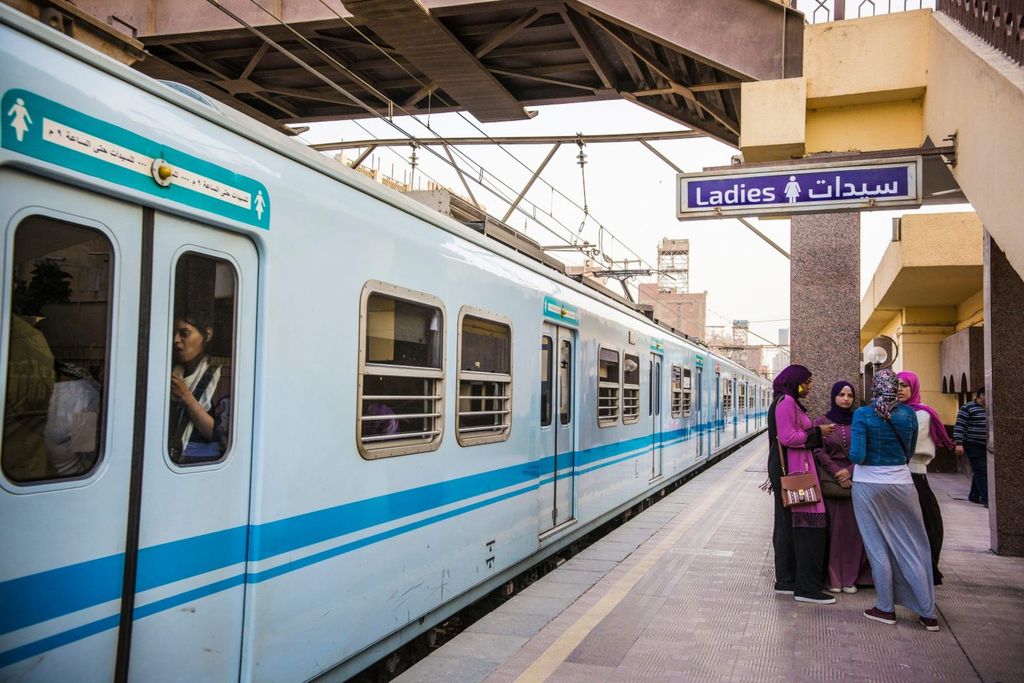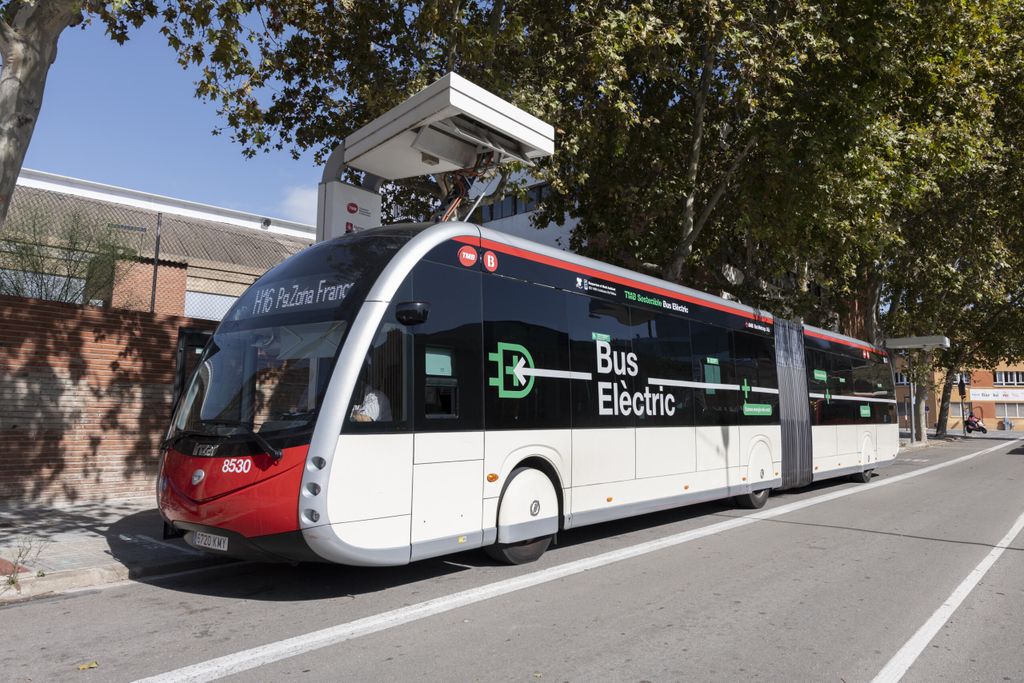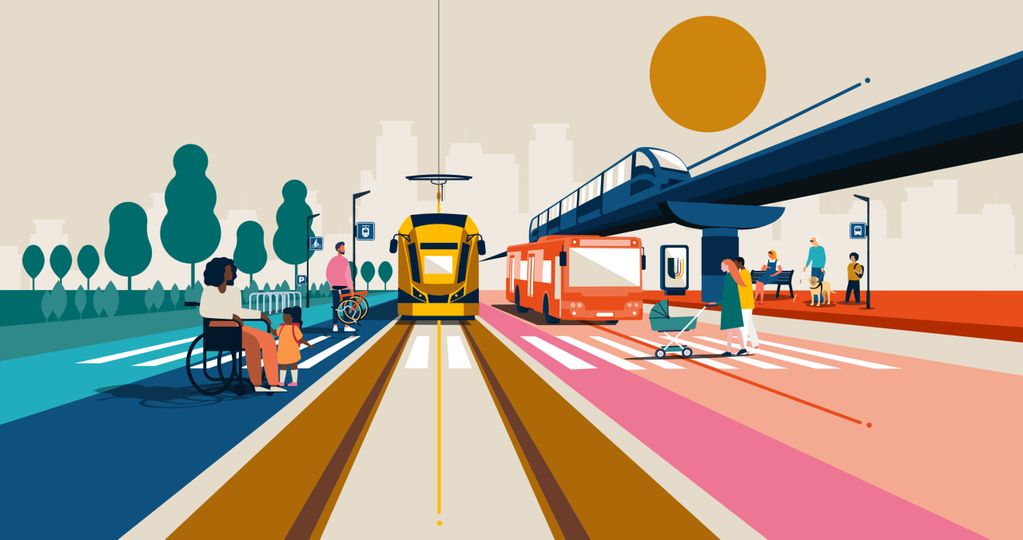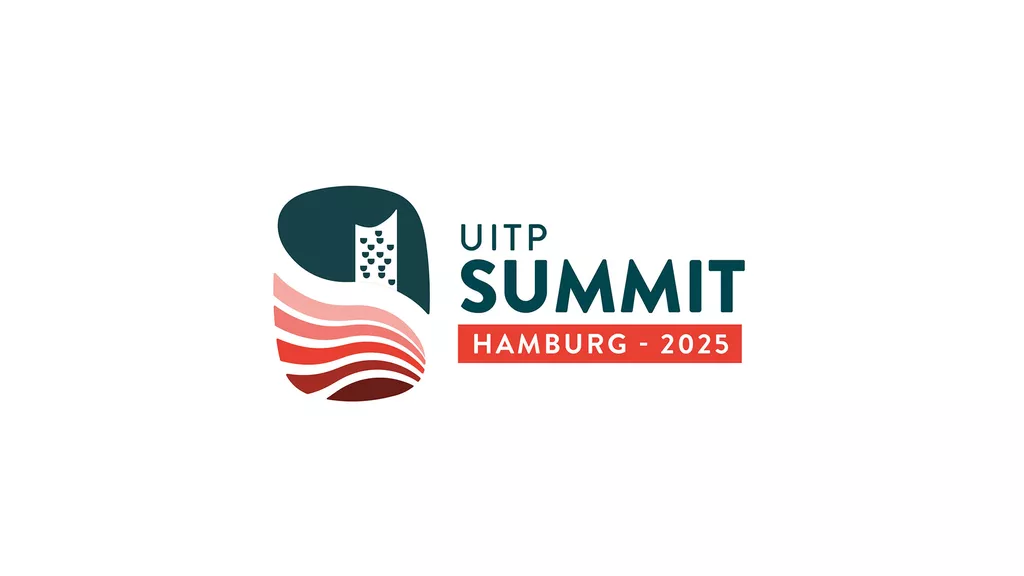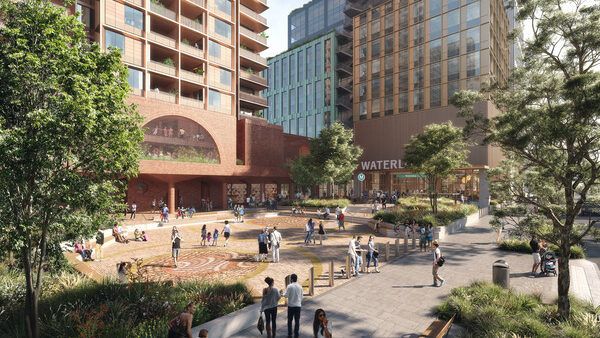
First and Last Mile: Walkability in MENA
The public transport sector in the MENA region has experienced significant expansion in recent years, driven by substantial investments from both governments and private stakeholders. With a projected investment of over $100 billion in transport-related projects by 2030, the region is seeing rapid growth in urban mobility solutions, as highlighted by the MENA Transport Report 2022. This surge is primarily fueled by urbanisation, economic diversification, and a strong emphasis on sustainability. Countries across the region are undertaking massive projects to expand and modernise public transport networks, demonstrating a commitment to addressing mobility challenges and improving infrastructure.
Bridging the mobility gap
First and last mile (FLM) connectivity plays a transformative role in reshaping the public transport sector by bridging the gap between commuters’ homes or workplaces and the nearest public transport nodes. Enhancing FLM connectivity can drive urban development, encourage multimodal transport usage, and improve the overall quality of life in cities.
Focusing on FLM connectivity in the MENA region is essential due to the unique urban mobility challenges, climate conditions, and rapid urbanisation many cities face. The region’s cities are often characterised by sprawling development patterns, making public transport less accessible to large portions of the population. Improving FLM can bridge this gap, providing better access to public transport hubs and reducing dependence on private cars, which is critical in a region known for traffic congestion and challenging weather conditions.
MENA cities are increasingly recognising the importance of walkability in tackling FLM challenges and promoting sustainable urban mobility. The region is focusing on enhancing pedestrian infrastructure around public transportation stations with shaded walkways and pedestrian zones, as well as upgrading sidewalks and crossings to ensure safe and more convenient pedestrian access.
Collaborative efforts on FLM
The UITP MENA CTE in collaboration with the Roads and Transport Authority in Dubai worked on this important topic. The study consulted different stakeholders including cities (Dubai, Abu Dhabi, Riyadh, Muscat, and Cairo) as well as users, emphasising the role of walkability in tackling FLM challenges. The report underlines the importance of FLM connectivity and evaluates the urban master plans of these MENA cities to discern their strategies for improving walkability. Further, the study gathers the perceptions of public transport authorities and the public to provide a holistic and multi-dimensional analysis of the current state of walkability in the MENA region.
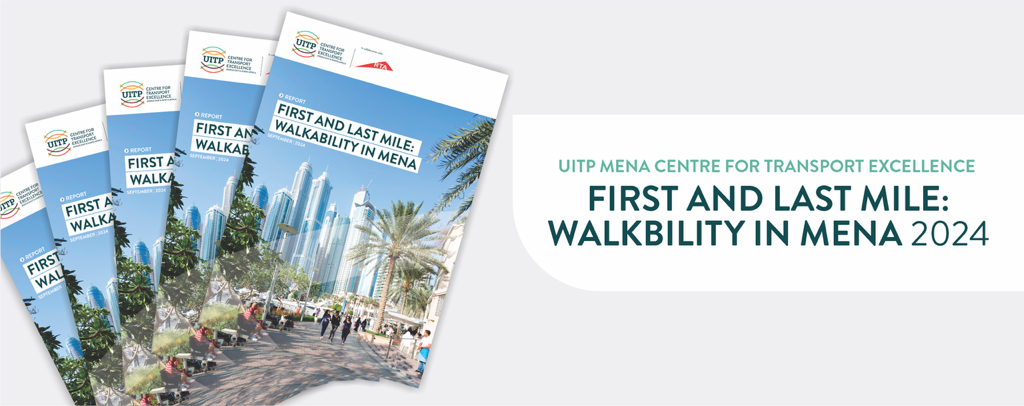
Based on the collected inputs, a gap analysis was conducted, and a comprehensive roadmap was outlined for enhancing walkability in the region, offering both short- and long-term strategies. These include infrastructure enhancements, safety measures, and fostering a cultural shift, among others, toward enhanced walkability. By focusing on FLM connectivity and walkability, the MENA region is taking concrete steps toward more sustainable, accessible, and efficient urban mobility systems.


